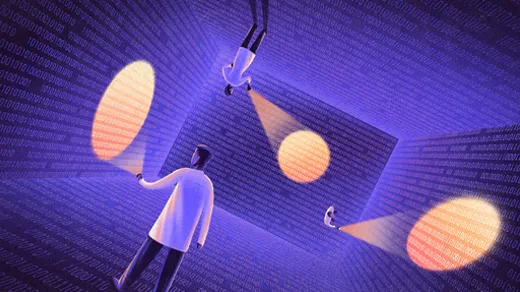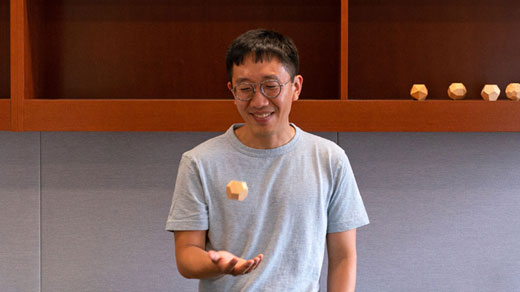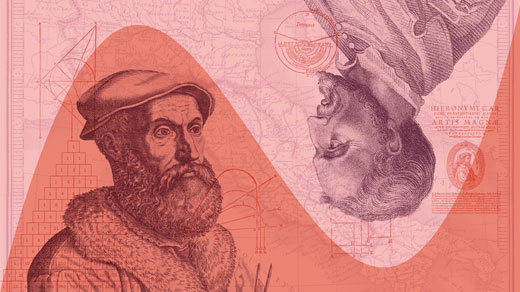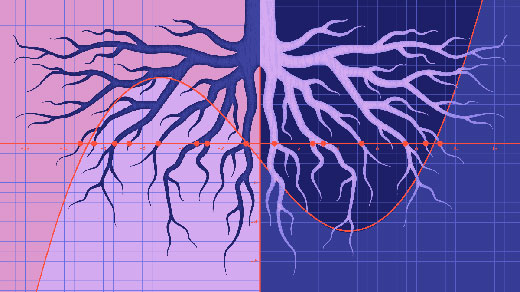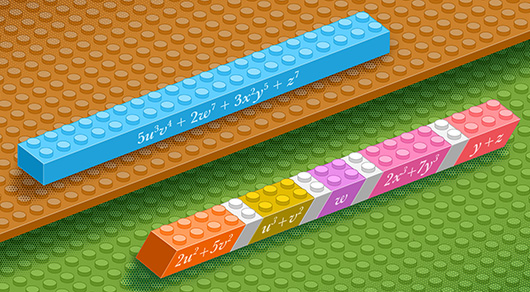What's up in
Polynomials
Latest Articles
String Theory Inspires a Brilliant, Baffling New Math Proof
Years ago, an audacious Fields medalist outlined a sweeping program that, he claimed, could be used to resolve a major problem in algebraic geometry. Other mathematicians had their doubts. Now he says he has a proof.
A Rosetta Stone for Mathematics
In 1940 André Weil wrote a letter to his sister, Simone, outlining his vision for translating between three distinct areas of mathematics. Eighty years later, it still animates many of the most exciting developments in the field.
‘Magical’ Error Correction Scheme Proved Inherently Inefficient
Locally correctable codes need barely any information to fix errors, but they’re extremely long. Now we know that the simplest versions can’t get any shorter.
He Dropped Out to Become a Poet. Now He’s Won a Fields Medal.
June Huh wasn’t interested in mathematics until a chance encounter during his sixth year of college. Now his profound insights connecting combinatorics and geometry have led to math’s highest honor.
The Sordid Past of the Cubic Formula
The quest to solve cubic equations led to duels, betrayals — and modern mathematics.
New Proof Illuminates the Hidden Structure of Common Equations
Van der Waerden’s conjecture mystified mathematicians for 85 years. Its solution shows how polynomial roots relate to one another.
Machine Learning Becomes a Mathematical Collaborator
Two recent collaborations between mathematicians and DeepMind demonstrate the potential of machine learning to help researchers generate new mathematical conjectures.
Mathematicians Prove 30-Year-Old André-Oort Conjecture
A team of mathematicians has solved an important question about how solutions to polynomial equations relate to sophisticated geometric objects called Shimura varieties.
Mathematicians Find Structure in Biased Polynomials
New work establishes a tighter connection between the rank of a polynomial and the extent to which it favors particular outputs.


